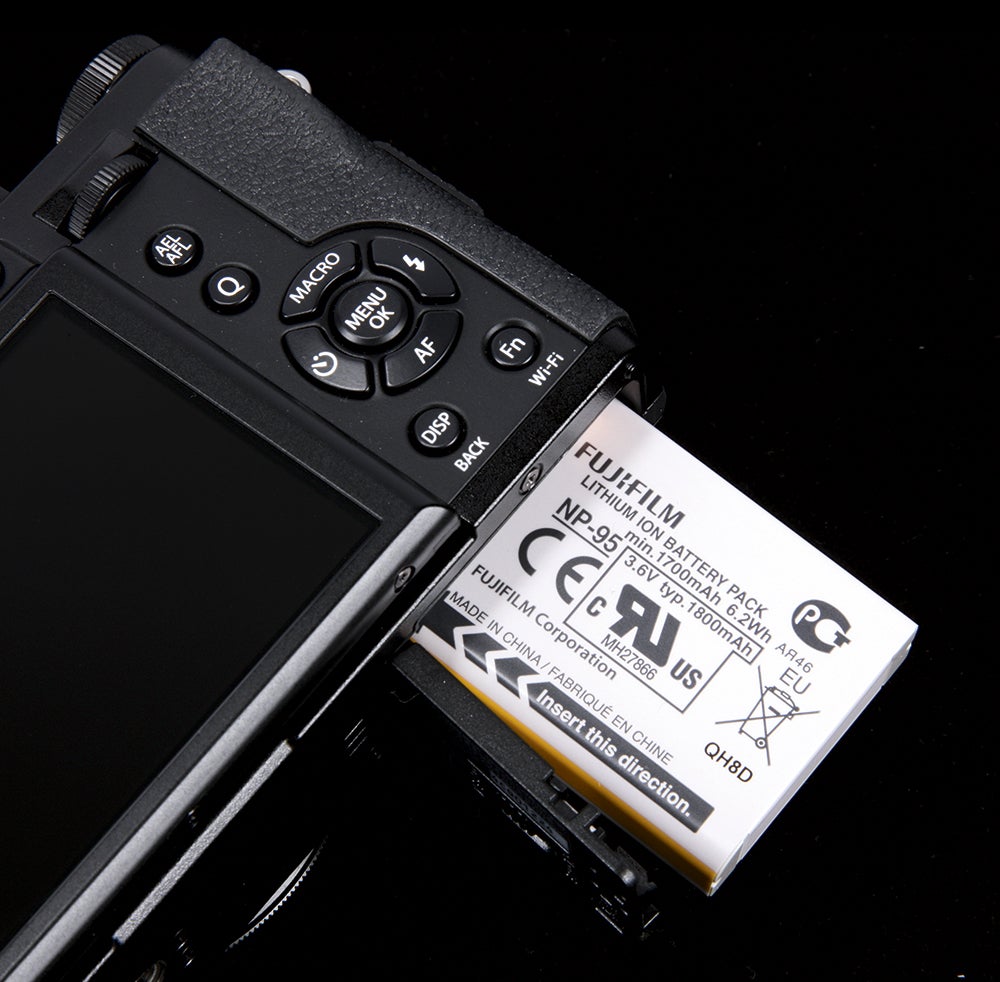In this article we look at the lithium-ion battery, providing a guide to what it is for and how it works
The lithium-ion battery is taken for granted until it stops working, but it is one of the most important parts of your camera. If the lens is its eye and the processor is its brain, then the lithium-ion battery is its heart. The rechargeable lithium-ion (Li-ion) battery, provides the energy the camera needs to keep on taking pictures.
Back when you shot film, efficient rechargeable batteries didn’t really exist, so you probably bought alkaline batteries that lasted a few rolls, then threw them away when they ran out. But early digital cameras needed much more power, and luckily lithium-ion batteries started getting good at about the same time.
The first big advantage of the lithium-ion battery is high energy density. It can store a lot of power in a small volume, so camera designers like it as it saves space compared to old-fashioned cylindrical batteries. The second is that it can be recharged hundreds, if not thousands of times without wearing out. So you can recharge the lithium-ion battery every day for years and it will still keep going.
Inside, the lithium-ion battery has one or two cells, with an electrolyte made of lithium salts, which is where the name comes from. If the battery has one cell the voltage is 3.7V, and with two cells it’s 7.4V. Alongside the usual positive and negative contacts, it will often have extra ones that allow the camera to communicate with a microchip inside the battery, which can indicate whether the battery is still in good condition, and exactly how much charge it has left.
A lithium-ion battery can be a bit temperamental while you’re charging it up, though, so safeguards have to be built into the charger to make sure it doesn’t explode. Also, make sure you don’t short-circuit the contacts when it’s fully charged, as it might catch fire. But if you look after the lithium-ion battery well, it will help you keep on taking pictures for many years to come.





